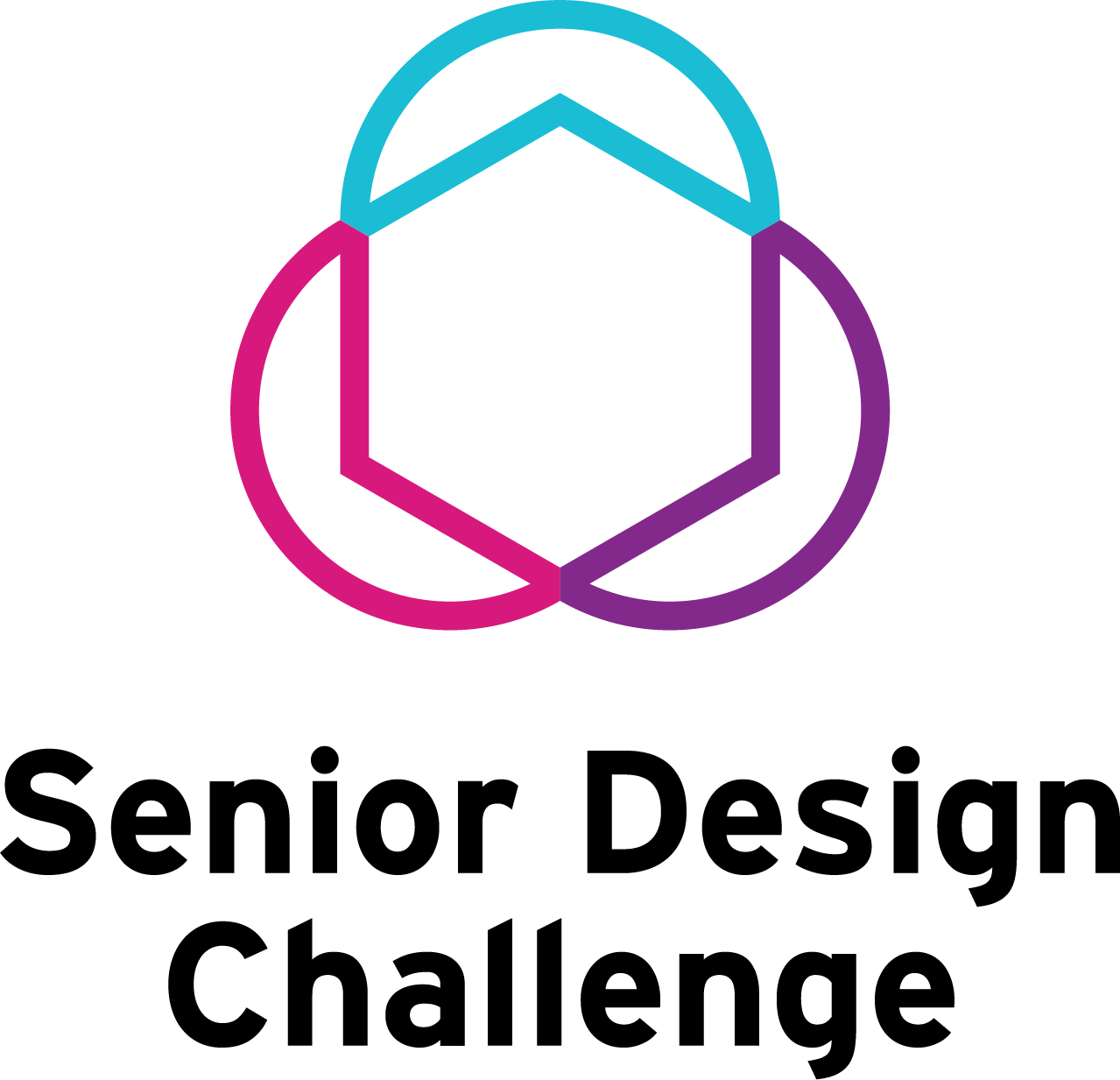Curriculum
Students engagement with design coursework began at the end of the fall, when students who had been admitted into the class were assigned core readings and a didactic homework challenge. During both terms, the in-class experience was tailored to suit student learning needs. The beginning of the winter term placed a greater focus on having students learn about the design process and working with their peers, whereas the latter half of the term focused on students project work. The spring term primarily focused on team project work, but in-class time was also utilized to introduce advanced design tools and coach student’s design work. Below is a breakdown of different design activities carried out throughout the course.
The nature of the Senior Design Challenge’s project work encourages students to “learn by doing” through fieldwork practicums. Thus, the majority of student learning outside the classroom occurs through interactions with real-world users and issues by means of interviews, issue-analysis, and gathering user feedback amongst others. In-class time primarily focuses on giving students feedback on their project work, as well as introducing short lecture material on design tools and frameworks.
Winter Break Assignment
In order to “level the playing field” between students who are human-centered-design minors and those who are not, we assigned a series of readings and tasks to students over break. Students who have not taken ENGS12 were assigned a list of readings curated from the ENGS12 syllabus, and tasked with explaining the design thinking process to a user of their choice, using the medium of their choice. Meanwhile, students who have taken ENGS12 were assigned a different set of readings, and tasked with producing a video that explained the design thinking process to their class peers next term.
Design Sprints
Students were introduced to each other through two week-long design projects assigned at the beginning of the term. For each sprint, students were placed in teams of 3 to 4 and given a different design challenge. The first week’s design sprint revolved around improving the dining experience at Dartmouth, whereas the second week’s design sprint challenged students to move slightly beyond Dartmouth’s campus and revolved around the Advance Transit user experience. Design sprints were a great way to immerse everybody into the design process, set the pace of the class, and encourage peer-to-peer teaching considering students varying levels of prior knowledge.
Design Thinking Bootcamp
During the first four weeks of the term, we used the course x-hour to engage exclusively with students who have no prior design thinking experience to reinforce key concepts and check-in on their progress and comfort levels with the design process. This was a successful strategy for ensuring students with no design thinking background did not feel isolated or disconnected from the rest of the classroom, and a good way for our instructional team to gauge what would be an adequate depth to dive into during lectures in class.
Design Lectures
Lecture time primarily revolves around introducing new design concepts to students that may be relevant to student projects. This occasionally includes reviewing frameworks seen in former design coursework but primarily focuses on introducing new concepts and tools so that students can expand their design toolkit.
Design Coaching
During the spring term the instructional team introduced design coaching sessions in which in lieu of class time student teams met for 1 hour co-working sessions with instructors. This way personalized guidance, advice, and feedback could be given to each student and strategic action plans for prototyping were developed. These coaching sessions have been particularly successful and would likely also be introduced in the fall term during future iterations of the Senior Design Challenge.
